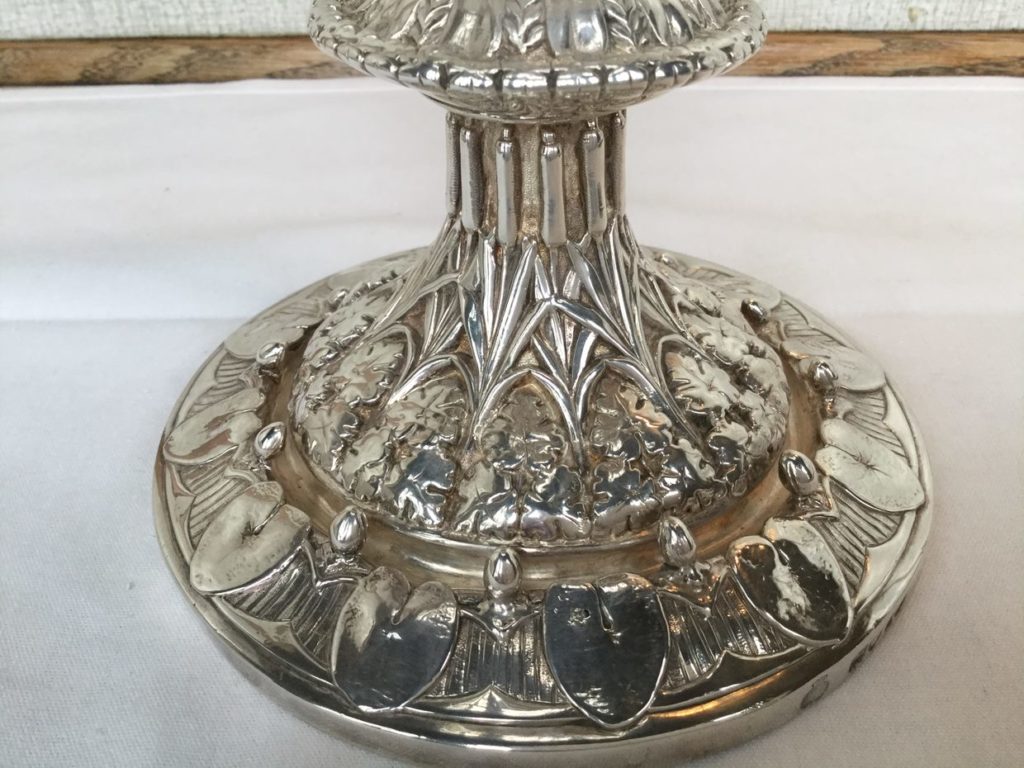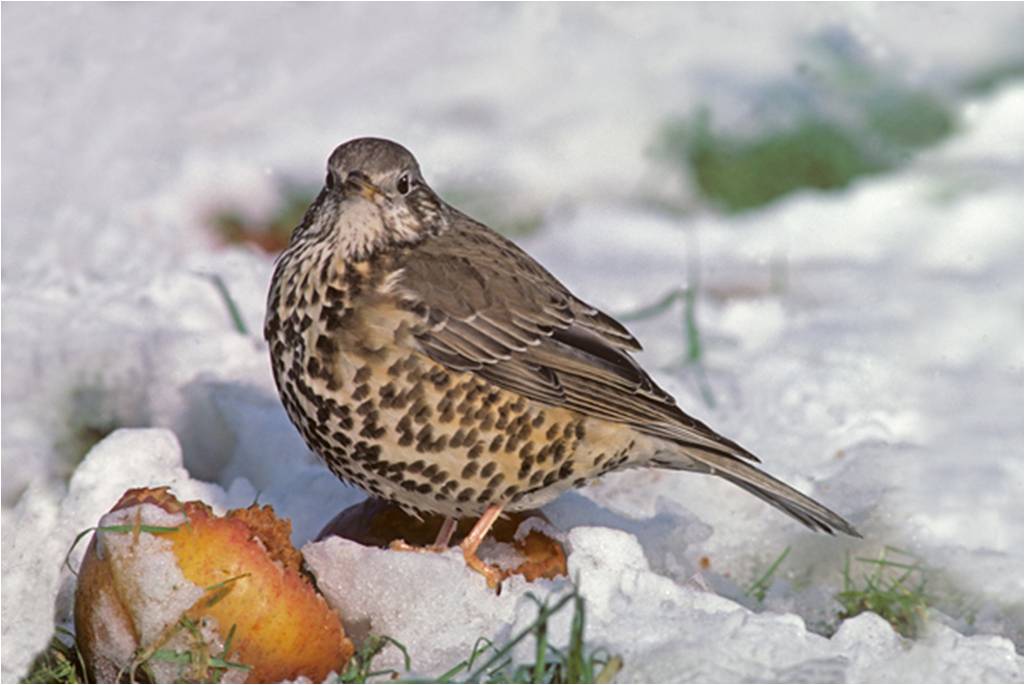Eton’s chief Great War memorial was a large-scale bursary scheme for the sons of Old Etonians who had been killed, wounded or incapacitated in the war. It was decided early on that, in addition, there would also be a ‘permanent and visible record’ of the service and sacrifice of 1,157 old boys and Eton masters who died and 5,660 who served. A significant element of this is the beautiful calligraphic manuscript List of Etonians who fought in the Great War, 1914-1919, also known as the Libro d’oro.
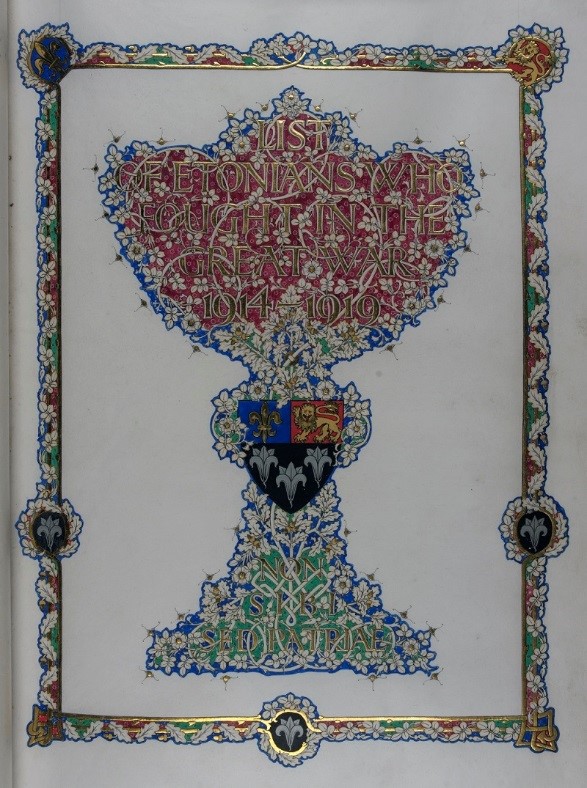
Graily Hewitt, Illuminated frontispiece of the List of Etonians who fought in the Great War, 1914 -1919, Treyford, Sussex, 1923.
The gold (oro) in the name refers to the colour used to highlight the names of those who died, as well as military honours bestowed. This manuscript was written on vellum by Graily Hewitt (1864-1952), a central figure in the revival of the art of calligraphy in this country. It is based on a printed war list compiled by house master E.L. Vaughan, and honours all Old Etonians who served in the British armed forces during the war. Appended are the names of those who served in non-military units such as the Red Cross, and also those interned in Germany.
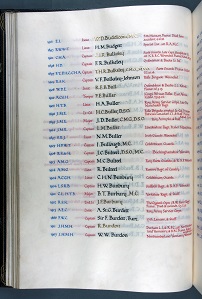
The manuscript list of service is displayed in triple columns of blue (leaving dates and house masters’ initials), black (names) or gold (names of the fallen, and honours), and red (rank and details of service).
The record of service is bookended by two poems by Old Etonians. The manuscript opens with ‘Into Battle’ by Julian Grenfell (1888-1915), written in Flanders in April 1915, just weeks before he died of wounds sustained in fighting. The book closes with the words to ‘I Vow to Thee, My Country’, by Sir Cecil Spring Rice (1859-1918), an earlier poem which he had re-written in 1918 in view of the losses of the war, and which became a well-known patriotic hymn after being set to music in 1921 by Gustav Holst (1874-1934).
The Libro d’oro, bound in a fine black goatskin binding by Douglas Cockerell (1870-1945), has been displayed in the war memorial side chapel in Eton’s College Chapel since 1923, the year of its completion.
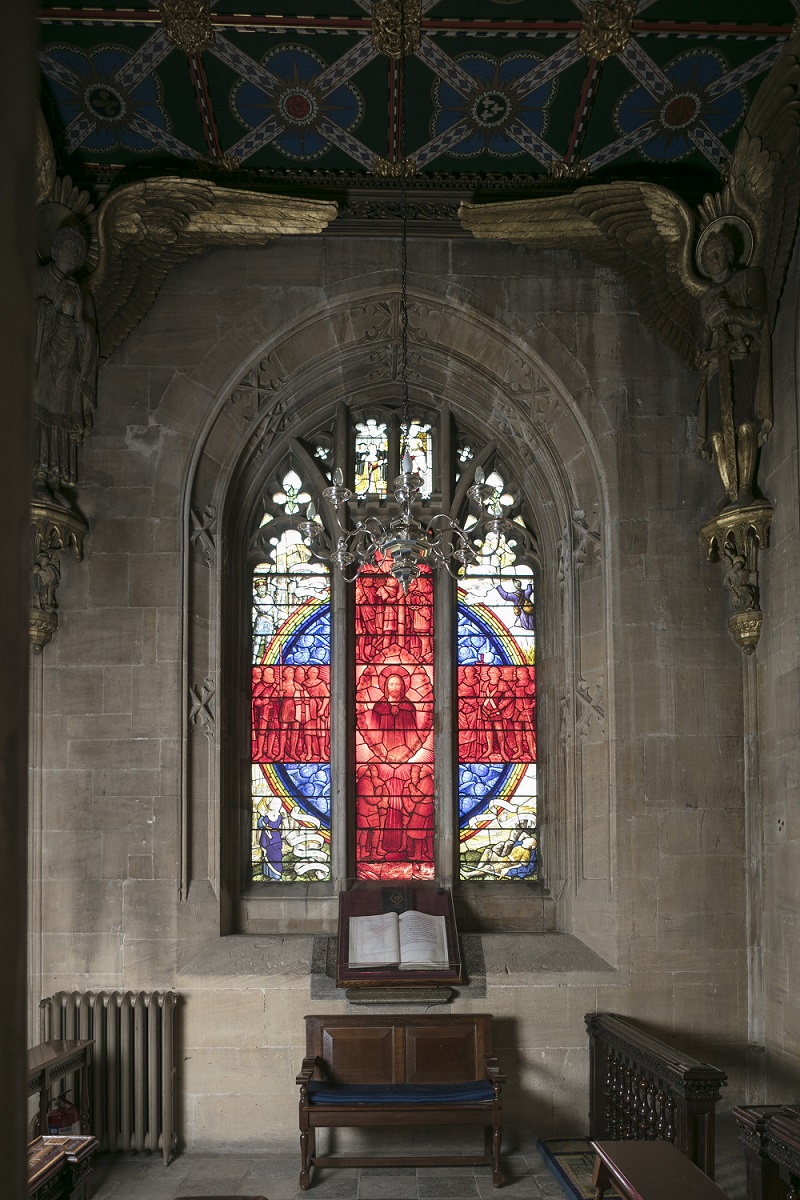
Rachel Bond
College Librarian


